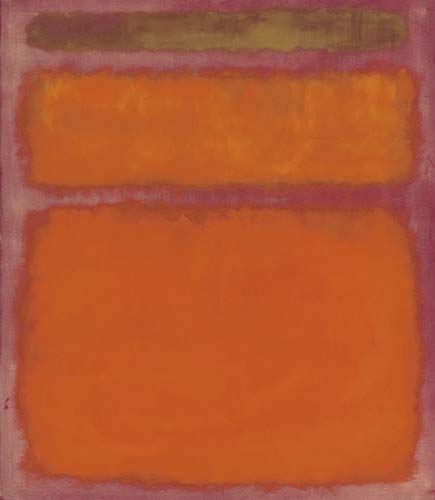| Orange, Red, Yellow | |
|---|---|
 |
|
| Artist | Mark Rothko |
| Year | 1961 |
| Medium | Acrylic on canvas |
| Location | Private collection |
| Dimensions | 93 in × 81¼ in |
| 236.2 cm × 206.4 cm | |
| Mark Rothko Famous Paintings | |
| White Center (Yellow, Pink and Lavender on Rose), 1950 | |
| Four Darks in Red, 1958 | |
| Untitled (Black on Grey), 1970 | |
| No. 3/No. 13 (Magenta, Black, Green on Orange), 1949 | |
| Orange, Red, Yellow, 1961 | |
| Black on Maroon, 1958 | |
| Complete Works |
Orange, Red, Yellow is a renowned “color field” painting by the artist Mark Rothko. He painted this impressive artwork in 1961, and it was considered one of the most expensive paintings in history. In fact, it cost over $86 million when it was sold at a public auction in 2012.
Highlights of the Artwork
The painting Orange, Red, Yellow by Mark Rothko reflects the artist’s mature style, and you will find about two or three rectangles that are set in a background surrounding them all. Moreover, the background tends to divide the figures from each other. Any observer will also notice that the rectangles do not have a distinct quality, lacking optical breaks. This arrangement allows the viewers to look at the figure in a more contemplative and deep manner.
This brilliant masterpiece seemed to have a certain glow from within, thus giving it a special appeal. Rothko was able to accomplish this by applying several thin layers of paint and spreading it with a rag or brush to the unprepared canvas. The medium absorbed all the colors into the fabric, and the thin washes of paint helped give the colors a kind of brightness and radiance.
About the Artist
Rothko was of Latvian-Jewish descent, but he and his family immigrated to the United States when he was only 10 years of age. Because of his artistic style, he was categorized as an Abstract Expressionist. However, Rothko was not fond of this label, so he rejected being called an abstract painter.
Orange, Red, Yellow was among his finest works, and observers are meant to stand very close to the painting, so they could experience being surrounded by the astounding colors. Rothko’s goal was to allow the viewers to feel all the emotions embodied in these colors such as ecstasy, doom, and tragedy. In fact, he stated that several observers of the painting have wept and felt intense emotions as they looked and stood closely by his artwork.